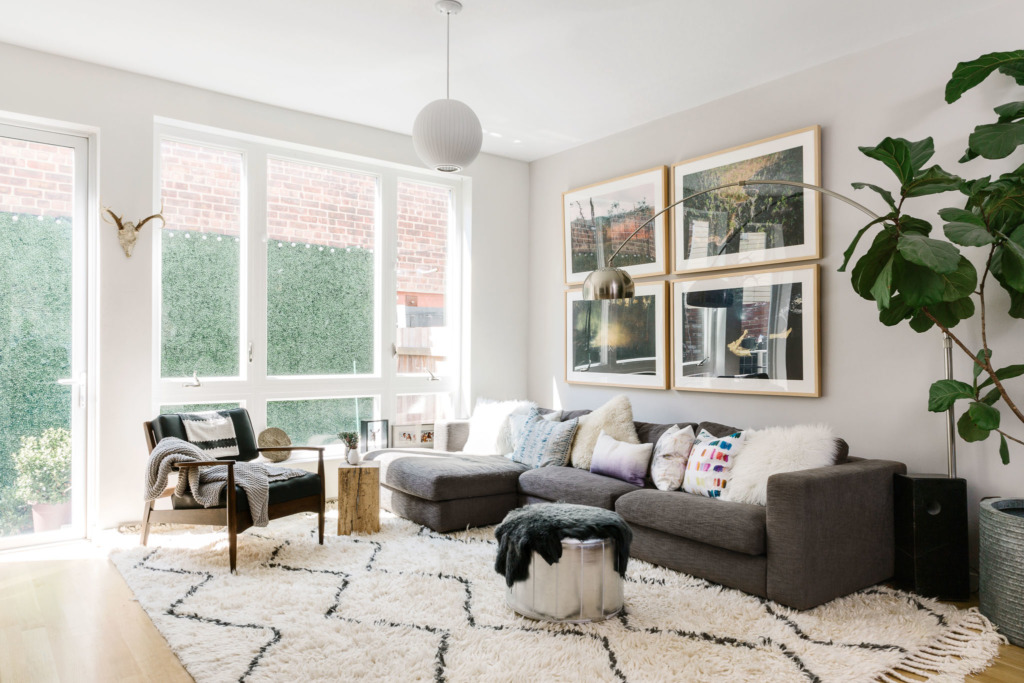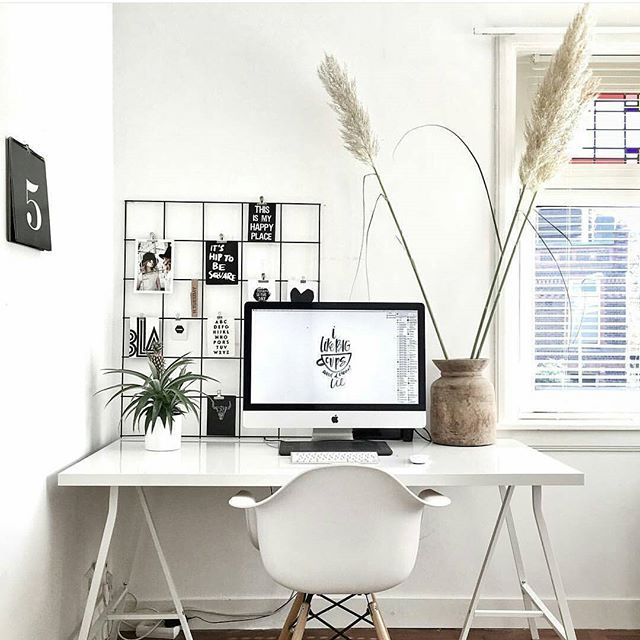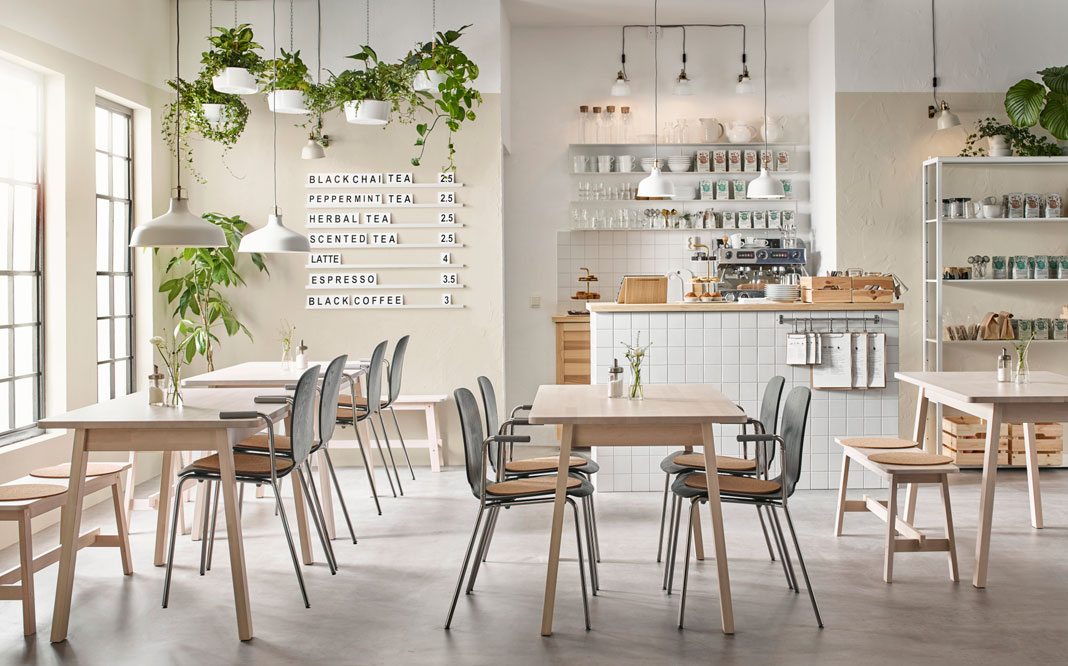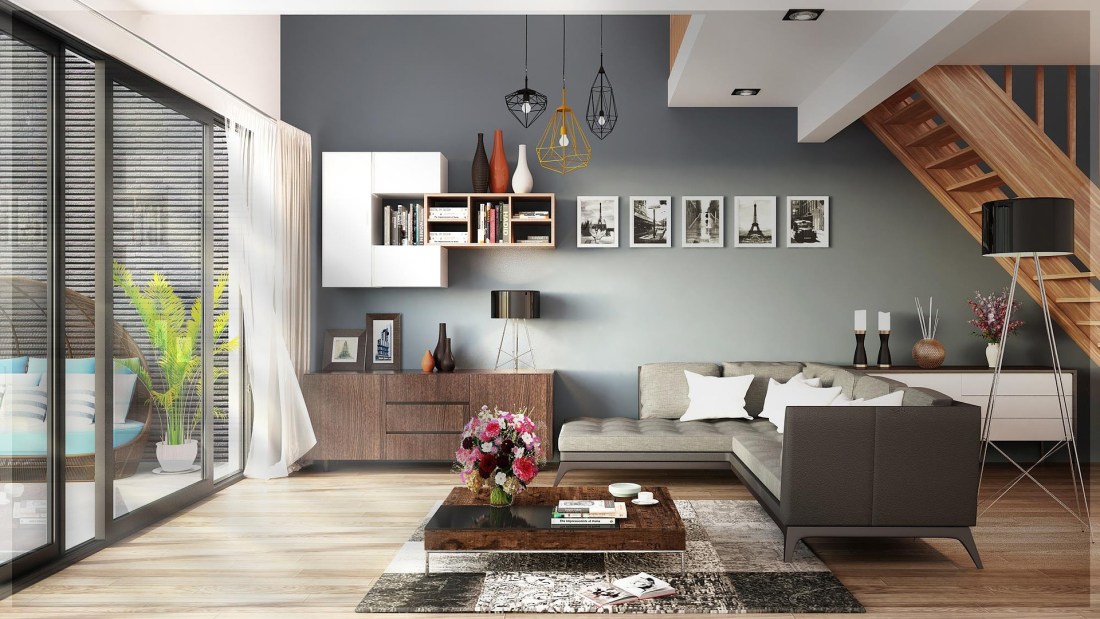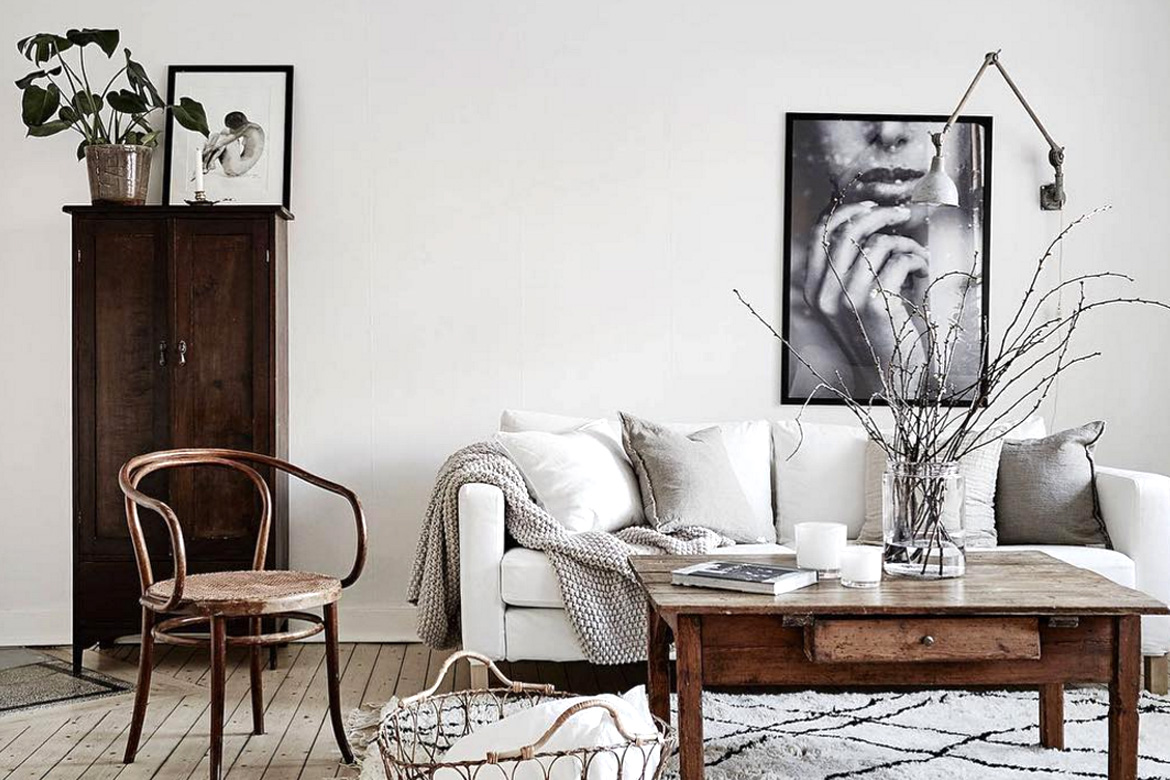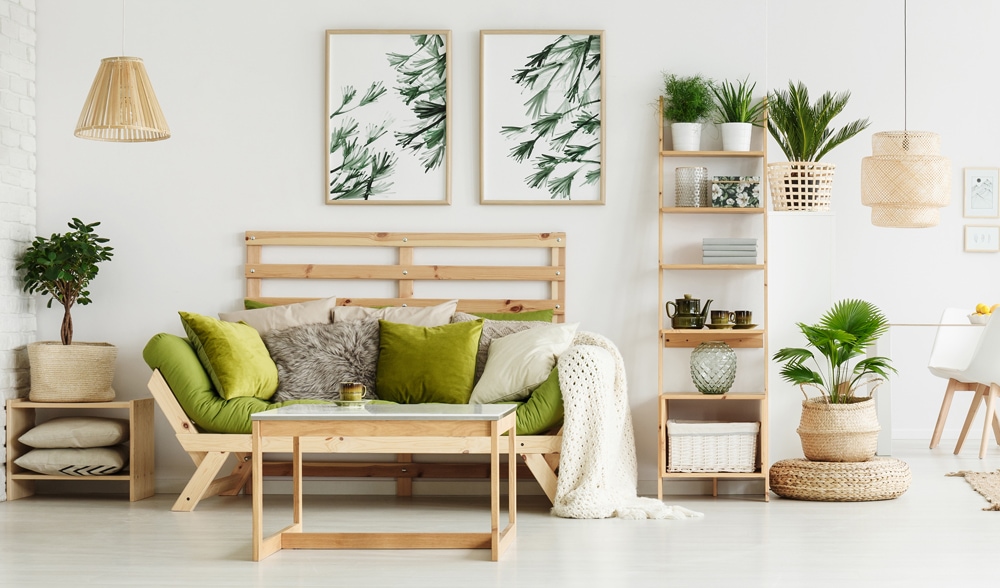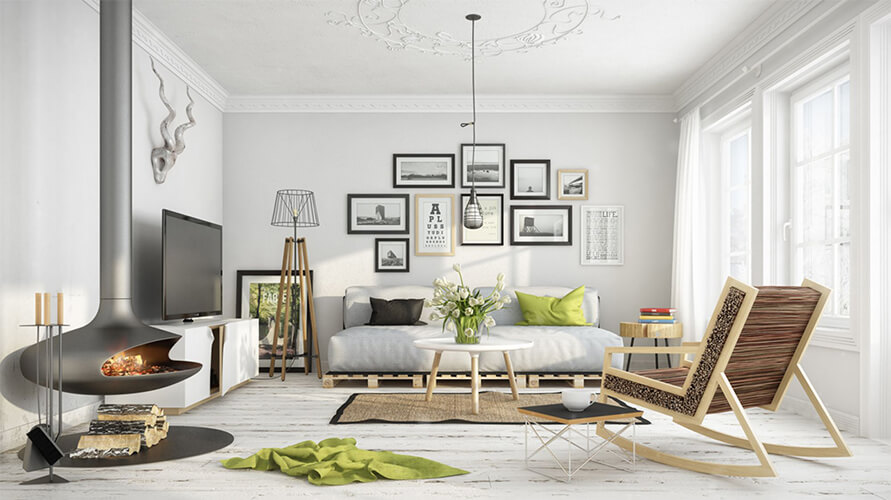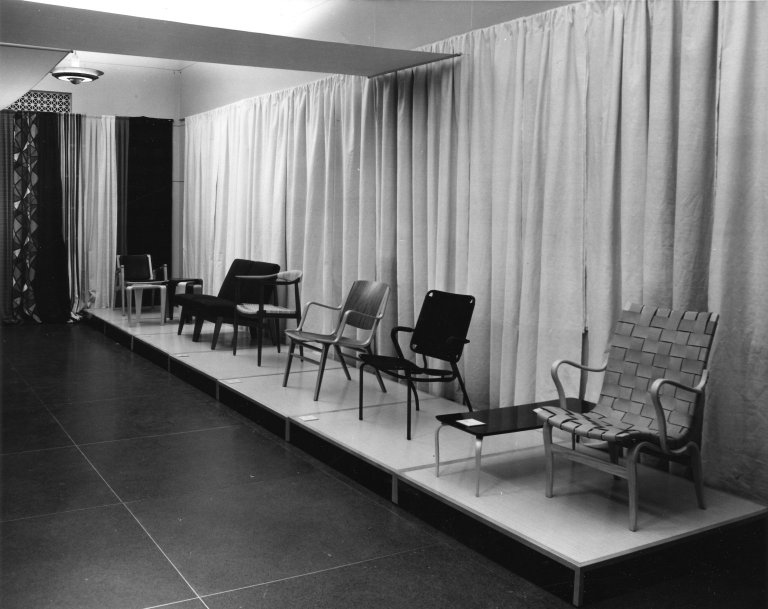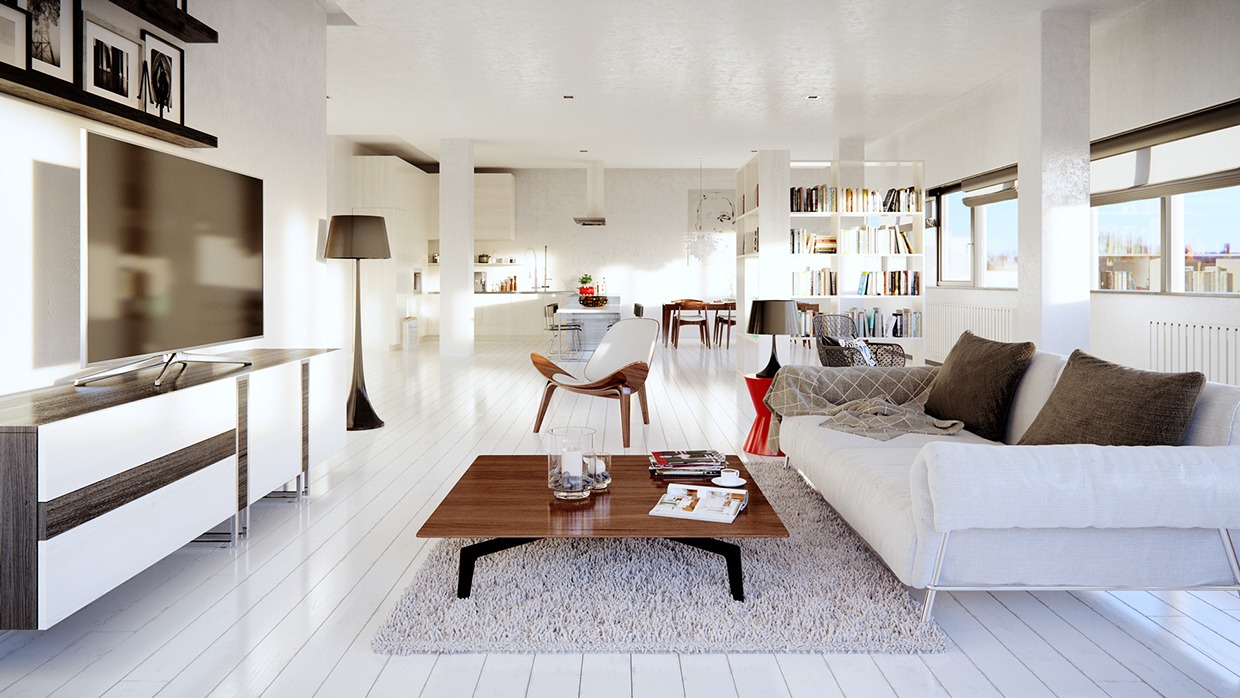When stones are proposed to be used in very big and costly structures, some of very important properties need to be tested strictly in accordance with the procedures laid down by the authorized institutions like Indian standards (BIS) .
Selection of Samples :
The sample shall be selected from the quarried stone or taken from the natural rock & shall be of adequate size to permit the separation of the requisite number of test pieces.
Following tests performed to find suitability of a stone for its use in any engineer works :
1) COMPRESSIVE STRENGTH TEST :
Samples : Cubes of 5cm side or cylinders of 5 diameter and of same height. The top and bottom surfaces shall be made as possible by polishing.
Procedure : The tests shall be carried out on dry as well on as on saturated sample.
For saturating, the samples of proper dimensions shall be immersed in water at 20c -30c for 72 hours and then tested after removing all moisture by rubbing with dry cloth.
For dry samples, samples of proper shape and size shall be placed in an oven at 105c for 24 hours and then cooled in a desiccators (and not in open air ) to room temperature.
Loading : Each sample shall be loaded individually by placing it over the loading plate of a UTM (Universal testing machine). The load will be increased very gradually, at a rate of 140kg/cm2 per minute or as prescribed in the code. This process (of loading) is continued till the sample bricks, i.e. when first crack appears in it and the sample stops taking any further load.
Calculations : Compressive strength, co, shall be calculated by using relationship:
Co = p/a
p = load at failure point ; a = cross sectional area of the sample
The result of each sample is expressed in kg/cm2. Six sampls should be tested from each type of rock and the average value is taken as compressive strength.
2) TRANSVERSE STRENGTH TEST :
Sample : A bar of 20 cm length, 5 cm thickness, and 5 cm width which must be properly dried and smoothened by polishing.
Procedure : Five to six such samples are prepared from the representative rock specimens and tested individually. The sample is placed on two horizontal supports given at the ends leaving a clear distance of 15 cm between the two supports. It is then loaded transversely and the load is applied gradually.
Calculations : The load “w” at which the sample starts breaking is noted and used to calculate modulus of rupture of the stone using following relationship:
R = 3wl/bd2
w = load at failure; l = length of the sample ; be = width of the sample and d = thickness of the sample.
3) WATER ABSORPTION : (refs. Is – 1125- 1974)
Sample : Take about 1 kg samples from representative stones that have been crushed and made to pass through is 20 mm sieve
Procedure : The selected and weighed sample is placed in distilled water in a glass vessel at room temperature (20 degree C-30 degree C ) for a period of 24 hours.
The sample is then taken out, piece-by-piece, surface dried with a damp cloth and the air-dried by spreading over a damp cloth for ten minutes. The sample is then weighed, ;let this weight be W1
The sample is then dried in an oven at 105 degree C at 105 degree C +10 degree C for at least 24 hours and then cooled by placing in a desiccators. It is weighed again let this weight be w2.
Calculations : Water absorption, or absorption value is calculated by the relationship:
(W1-W2)/ W2 x 100
4) WEATHERING RESISTANCE (is ref.1125-1974) :
This test determines the resistance of stones to deterioration due to exposure to cold humid temperatures favourable for formation of ice and salt crystals within their pores.
Samples : Cubes of 5 cm sides or cylinders of 5 cm diameter prepared from representative rocks and given a fine polish at the ends are used as test samples.p
Procedure :
(i) Take three samples, previously dried in an oven at 105 degree c + 5 degree c for 24 hours and cooled to room temperature in a desiccators. The sides of the samples are smooth finished. The so dried samples shall be weighed. Let their dry weight be W1.
(ii) Each test samples shall be freely suspended in water for 24 hours at 20 degree c-30 degree c and then weighed in that condition. Let this weight be W2.
(iii) The test sample shall be taken out of water and surface dried and weighed in air; let this weight be W3.
(iv) Each sample is placed separately in a dish made of porcelain or glass containing a solution of 2 gm powdered gypsum in 25 ml of water .
(v) These three dishes so prepared with the test samples are placed in a ventilated oven at 105 degree c+ 2 degree c for 5 hours (or till the evaporation of water of solution).
(vi) The dishes containing the samples are now removed from the ovens. They are allowed to cool naturally to room temperature. This process completes one cycle of treatment prescribed under the test.
(vii) Each sample is placed in a fresh dish in a new solution of 2 gm of gypsum in 25 ml of water and the same process of placing in ventilated oven is repeated.
Thirty such cycles are repeated on all the three samples.
(viii) Each sample is first cleaned by a stiff brush to remove superfluously sticking gypsum and then immersed in clean water for 24 hours.
(ix) Each sample is taken out from water, surface dried and weighed fourth time and fifth time.
Fourth time in air (W4)
And fifth time (W5) in a suspended state in water
Calculations: as a result of 30 cycles of drying in presence of gypsum solutions, each sample is likely to undergo some changes in its absorption and in its volume. The greater the changes, the lower is their resistance to weathering or, in other words, higher is the weathering of stones.
The absorption values are given as described :
Original Absorption (A1) = ( W3 -W1 ) / W1 x 100
Final Absorption ( A2) = ( W4 – W1) / W1 x 100
The volumes of the test specimens :
Original Volume V1 = (W3 – W2) / D
After 24 hours immersion
Final Volume after 30 cycles ( V2) = (W4 – W5) / D
(d = density of water at the time of recording)
5) DURABILITY OF STONE :
This is almost like test 4 except that in this Case the solution used is that of sodium sulphate decahydrate.
Samples : Take 3 cubes of 5 cm sides or cylinders of 5cm dia. From the representative rocks. These shall be dried by placing in an oven for 24 hours at 110 degree c + 10 degree c.
Test procedure :
- The dried test specimens are first weighed in dry condition. Let this weight be w1.
- They are then suspended in a saturated solution of sodium sulphate decahydrate at room temperature for duration of 18 hours.
- They are then taken out of the solution, air dried for half an hour and then dried in an oven at 105c+5c for 4 hours.
- The samples are then cooled to room temperature. This completes one cycle of the test.
- The above process (ii-v) is repeated on the samples as selected at (i) for 30 cycles.
- After thirty cycles, each sample is thoroughly washed to remove any sticking sodium sulphate . it is then weighed finally let this weight be W2.
This may be in any case less than W1 the lose in weight calculated in percentage terms as follows is a qualitative measure of durability of the stone.
Calculation :
(W1 – W2 ) / W1 x 100
Greater the loss in weight, poorer is durability.




























